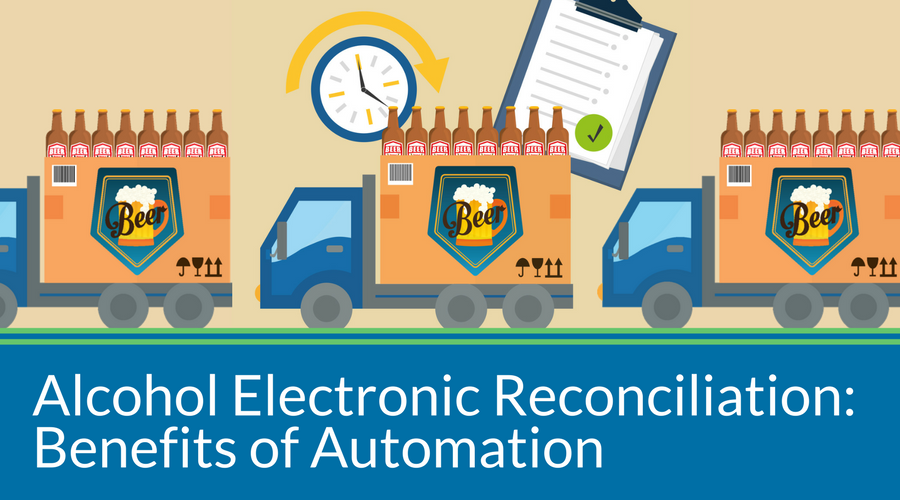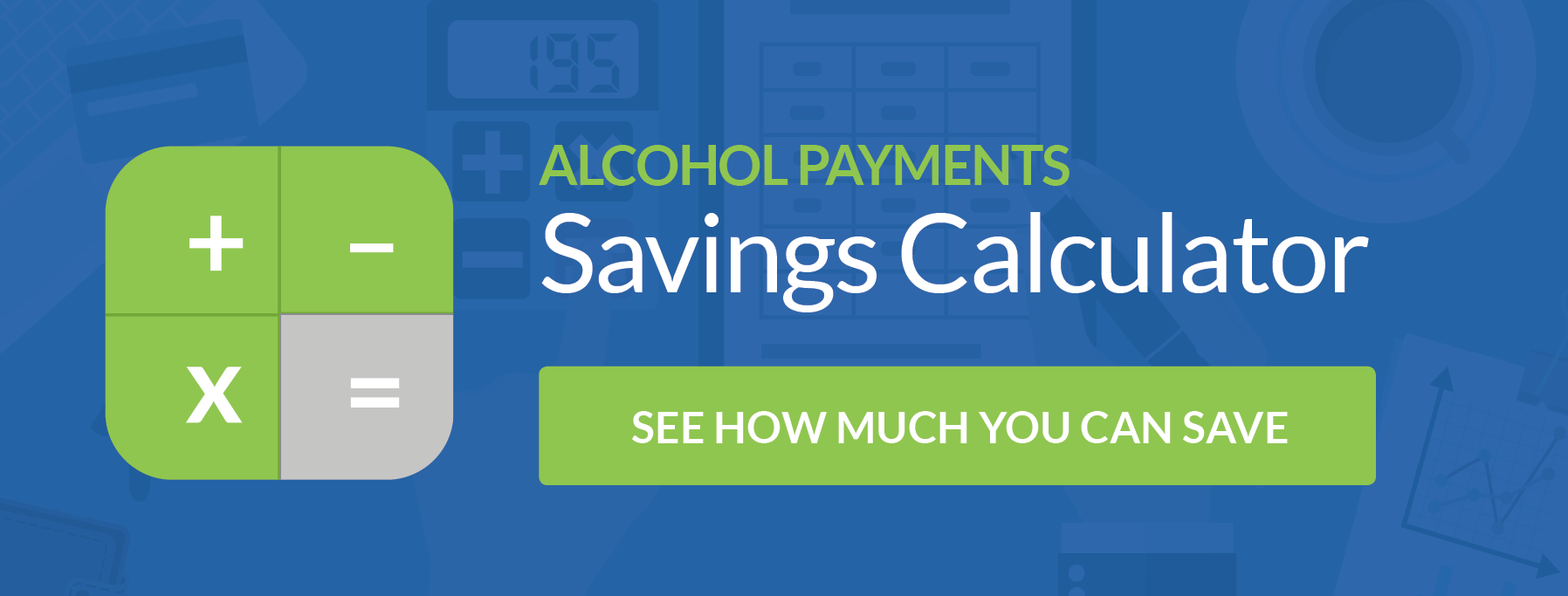Whether you are an alcohol distributor or retailer, dealing with alcohol delivery invoices and receiving records has no doubt been a recurring headache for years, especially having to rely on manual invoicing and credit processes. While it may be a tedious task for you, it can be even more frustrating for your accounting department who has to reconcile these invoices and what was actually paid, and then submit and track credit requests for overpayments due to cost or quantity errors.

Controlling costs and maximizing profit margins on alcohol sales are always key focus areas throughout the supply chain. This makes it necessary for trading partners to find a better way to process alcohol invoice payments and reconcile credits without relying on manual data entry or paper document filing. Here are 4 benefits of DSD automation through electronic reconciliation of alcohol invoice and receiving records:
1. Eliminating Invoice Paperwork
Processing paper invoices can become extremely protracted, especially when many alcohol payment regulations require retailers to pay the full amount of a delivery invoice regardless of its accuracy. Even though you've possibly come to accept these manual processes as a necessary evil, new advances in payment technologies are providing retailers and distributors with more efficient options that can save them time and money.
One of the best ways for alcohol distributors and retailers to become more efficient is by going paperless. When you minimize the use of paper in your alcohol receiving process, you reduce the likeliness that an invoice will be lost. All invoices are loaded into a cloud-based platform for electronic processing and automatic archiving.
Moving to electronic payments and reconciliation also reduces the amount of time retail accounting departments have to spend collecting paper invoices and conducting manual research to reconcile them. Electronic payments also make it easier for distributors to track payments and verify them much sooner.
Next-Generation Reconciliation™ provides complete details about your invoices in one place that's accessible by both retailers and their distributors. These electronic invoices can be easily filtered and searched, or even downloaded for further research. Reconciliation is simplified, though it's far from the only benefit of automation.
SEE ALSO: 7 Common Misconceptions About Alcohol Payment Regulations
2. Automating Credit Processing
Processing credit requests is always a lengthy process, and having to deal with paperwork slows things down to a crawl. This can also lead to more payment discrepancies between retailers and their distributors. Alcohol payment regulations also require retailers to send these credit requests to distributors to be paid, which can slow things down further.
Many times, a retailer may overpay on an invoice knowing in advance that it is inaccurate and will require a credit submission, but must process it anyway or refuse the delivery altogether. Next-Generation Reconciliation™ addresses this because it automates all credit processing in one database.
Any variances are automatically identified and credit requests are submitted and tracked right in the portal. This ensures higher levels of accuracy in submissions, while freeing up more time for accounting staff to focus on managing the process and spend less time bogged down in the details.
3. Automation in Line Item Matching
Trying to line up what product cost or allowance a vendor has on their invoice and what the retailer thinks they should be paying frequently ends up creating considerable downtime getting things sorted out. Without some kind of automation involved, you're going to have to send multiple emails and make phone calls to find a consensus.
These types of variances are usually due to miscommunication about price changes or promotional allowances, or an issue with updating the systems on either side to reflect the most current item costs or sales plan.
Automated Line Item Matching through Next-Generation Reconciliation™ dynamically matches distributor invoice line items with retailer pricebooks without a common key using a proprietary algorithm, while normalizing unit quantities to ensure every invoice and payment reflects what was agreed upon between trading partners.
4. Automation Through Scorecards and Dashboards
With automated credit processing and invoice line item matching, retailers and distributors can focus on the big picture - including establishing performance benchmarks for key areas such as invoice accuracy. With the Cost Variance Scorecard, trading partners can view summaries of invoice variances by vendor, by product, or by store. Users can then drill down into the scorecard for additional detail. While Vendor Scorecards allow retailers to measure total vendor performance and establish higher levels of accountability.
Retailers can also track vendor costs using the Product Cost Dashboard that includes enhanced visualizations with drill down capabilities that display product costs by region, by store, and by distributor. This ensures retailers have access to the best costs that maximize profitability. The Category Cost Dashboard helps retailers to track fluctuations in these product costs over time, and to predict impact of future changes on total category profitability.
To see how our Next-Generation Reconciliation™ utilizes the power of automation to streamline the way you manage payments and credits, click here to get started.
